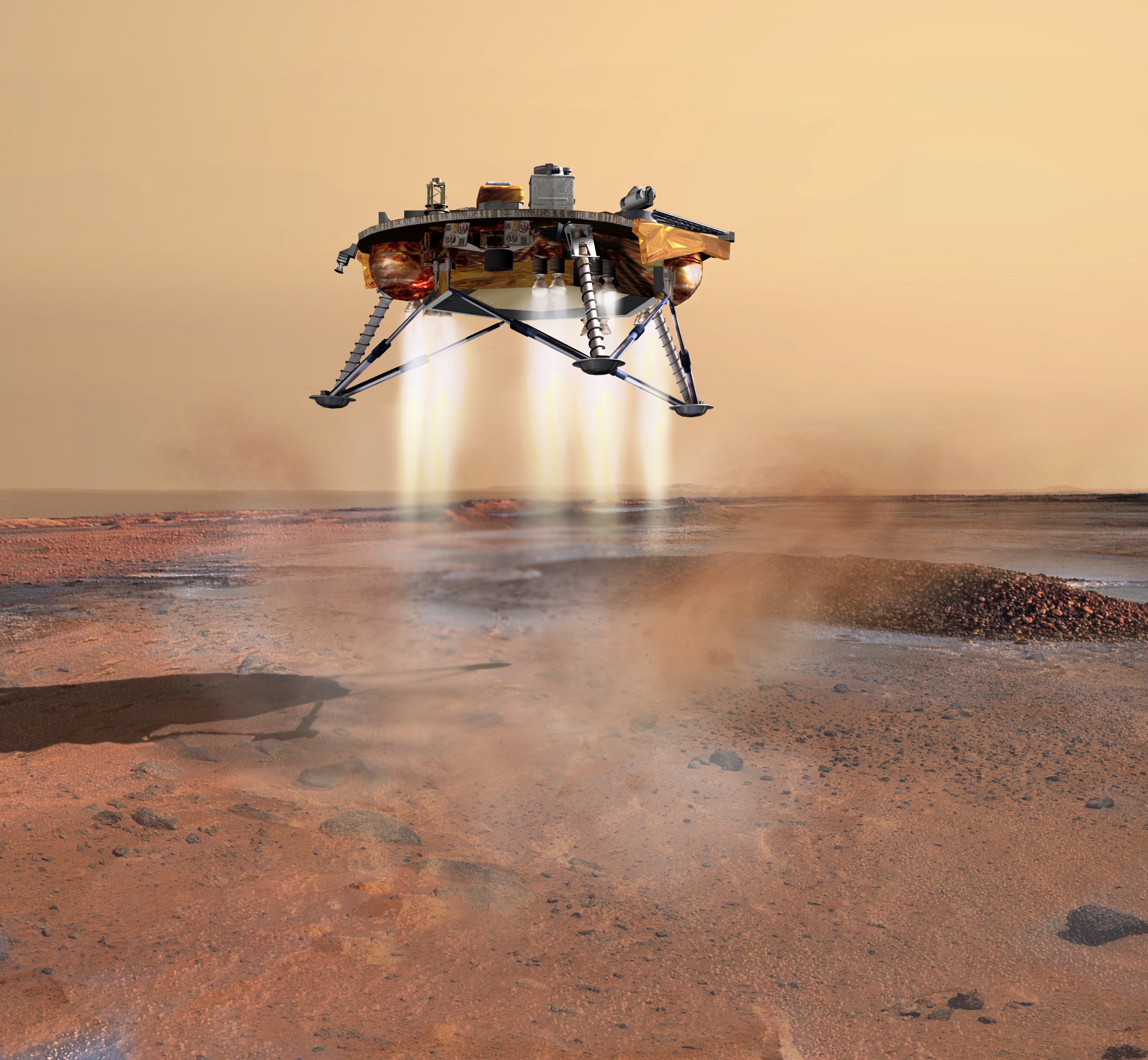Are you ready for the Phoenix spacecraft to land on Mars? At the Jet Propulsion Laboratory, the Entry, Descent and Landing team for Phoenix has been hard at work getting ready, performing simulations to prepare for the real landing, scheduled for May 25, 2008 in a region above Mars' Arctic Circle.
Emily Lakdawalla
at the Planetary Society has an excellent post about Phoenix's
landing elipse
, with some great information from JPL's Rob Manning about all the variables the EDL team has to take into account for the landing, such as the spacecraft itself, its entry point, and the properties of the atmosphere. But if you're a more visual-type person, JPL has also put together a couple of videos about the 7 minutes of terror the spacecraft (and the EDL team!) endures from when the vehicle hits the top of the atmosphere, through parachute deploy, to touching down on Mars surface. The amount of anxiety is an upgrade from the s
ix minutes of terror the Mars Exploration Rovers
experienced, and it really is a scary time!
This video includes commentary from the engineers at JPL, describing all the events that take place during EDL:
And this video is visual only, no audio of EDL:
 Universe Today
Universe Today
